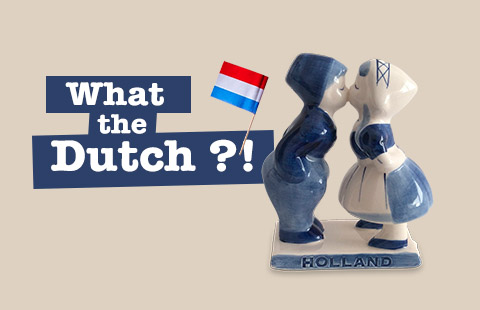Provincial elections are coming up on March 20. That’s not important for you, international readers, because you can only vote if you’re a Dutch citizen. But alongside the regional elections, people will also vote on the local water boards. Dutch citizens, and EU citizens, and anyone with a residency permit can vote on water boards.
What the Dutch is a water board?
No, not waterboard; this isn’t a vote on torture tactics. Water boards (waterschappen in Dutch) are responsible for managing water levels, waterway maintenance, and water quality. In a country where half of the land stands below sea level – and cities are kept artificially dry with dykes, canals, and pumping stations – maintaining water levels is a big deal.
The water board goes all the way back to the Middle Ages – Dutchies have been working together to literally hold the sea at bay for a long time. There are 21 water boards that correspond loosely with the 12 provinces of the country. For the most part, voters are concerned with maintaining water safety, but there are also political concerns, which tend to centre on what’s best for agriculture versus what’s best for wildlife and the environment.
Thanks to the effects of climate change, like rising sea levels, extreme periods of rainfall, and last year’s unusual summer drought, the work of water boards is more important than ever.
Find out where you stand on water on the waterschappen website (in Dutch).



